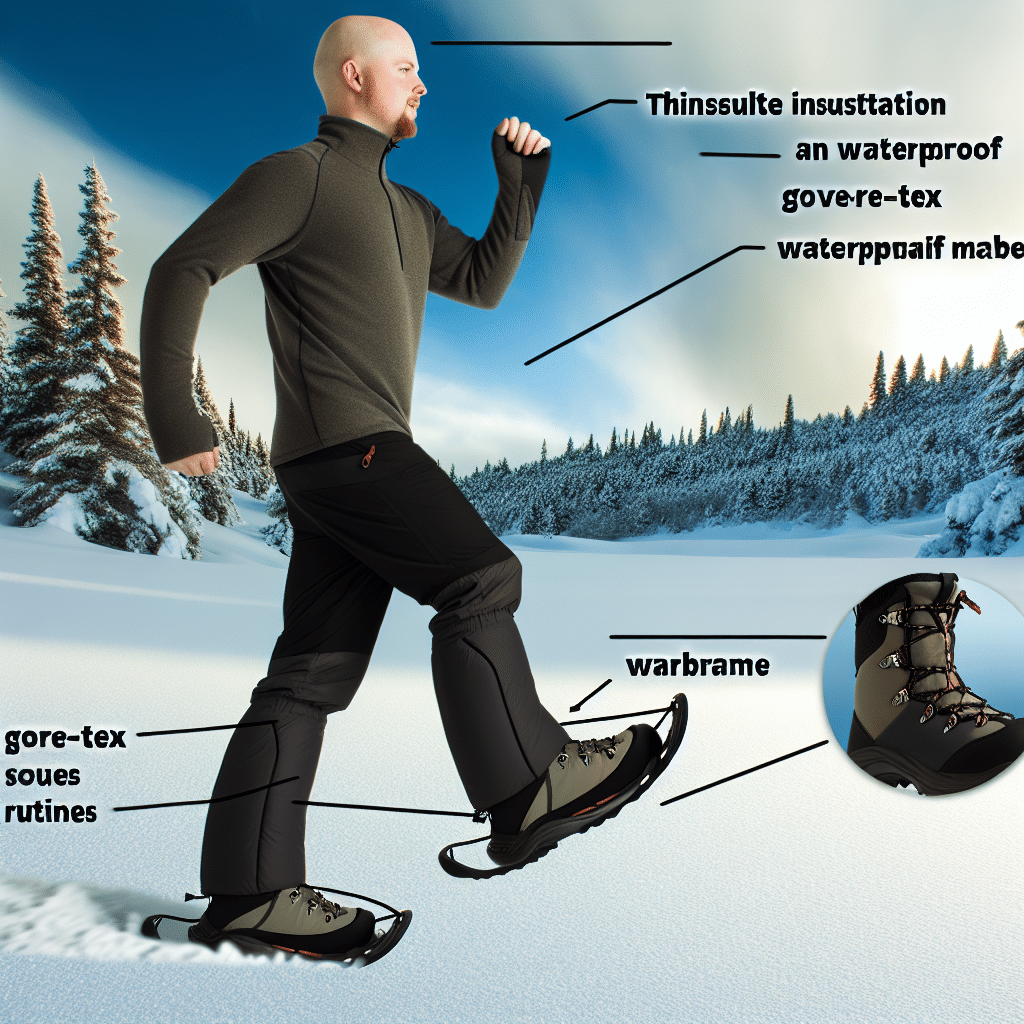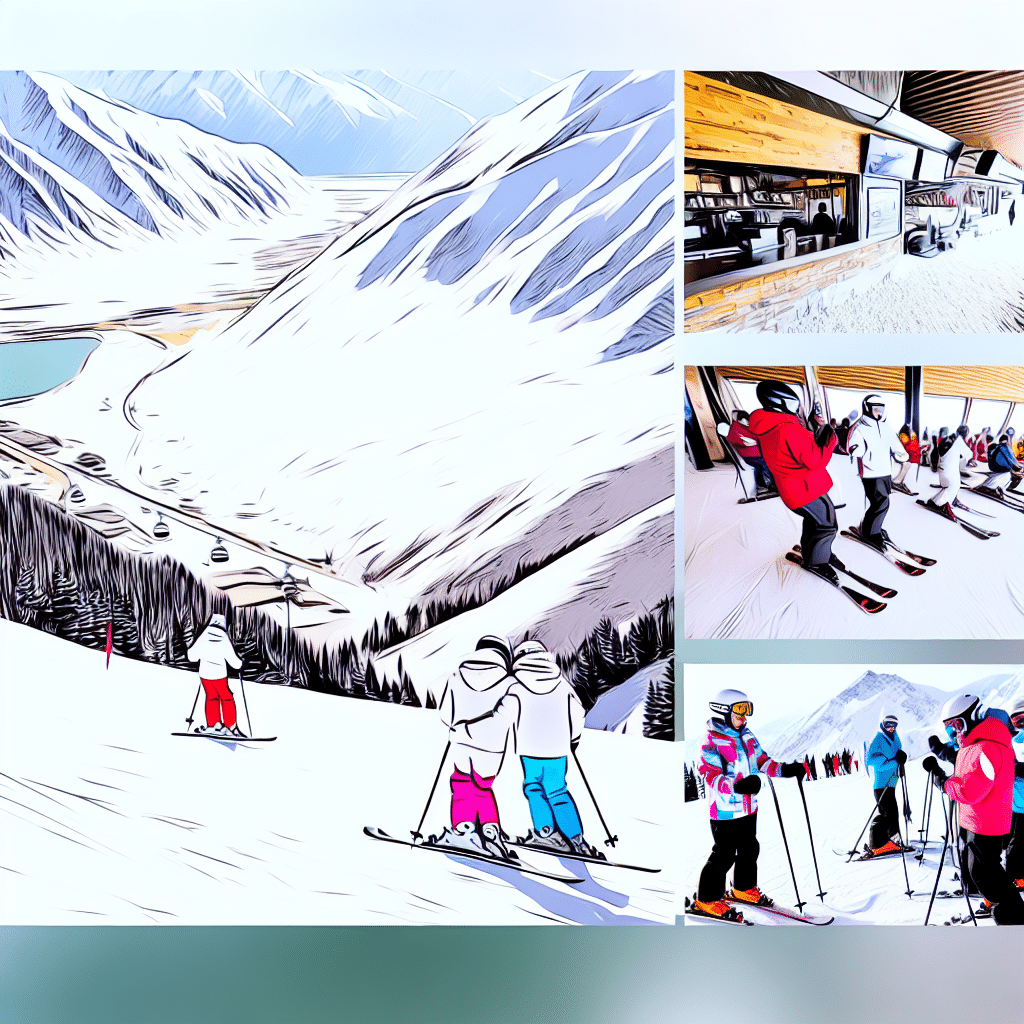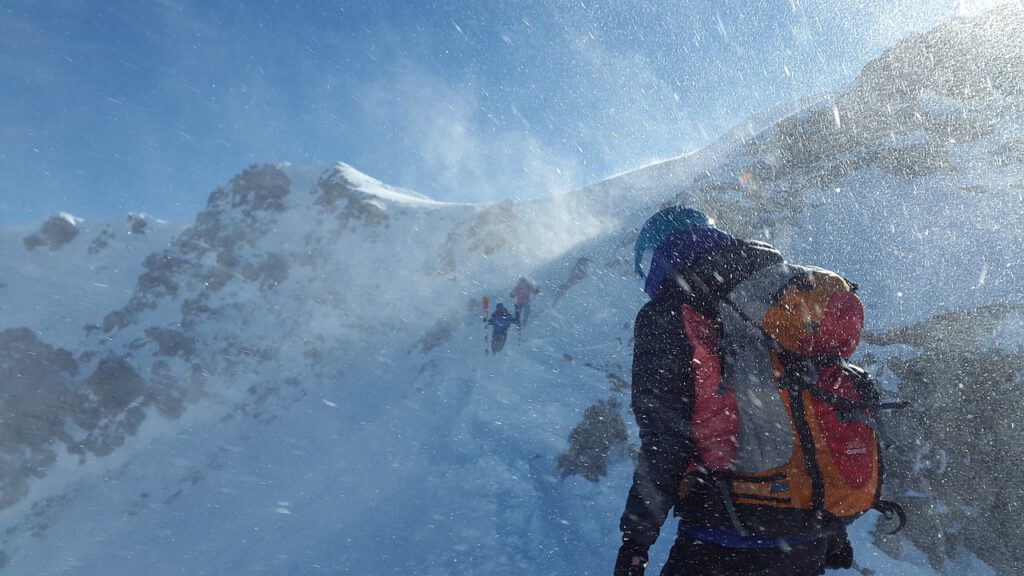Snowshoeing is a delightful winter activity that allows us to explore snowy landscapes with ease and grace. However, having the right gear, particularly the appropriate footwear, is essential for comfort and safety. If you’re wondering what kind of boots to wear snowshoeing, you’ve come to the right place. This guide will help you navigate through the options and make an informed decision.

Understanding the Basics: Why the Right Boots Matter
The boots you choose can make or break your snowshoeing experience. Uncomfortable or inappropriate boots can lead to blisters, frostbite, or even accidents. Here are some essential factors to consider when selecting boots for snowshoeing:
Warmth and Insulation
When snowshoeing, your feet will come in direct contact with snow and ice. Therefore, the boots need to provide excellent insulation. Look for boots with Thinsulate or other advanced insulating materials to keep your feet warm.
Waterproofing
Wet feet are not only uncomfortable but can also lead to hypothermia in extreme conditions. Waterproof boots with Gore-Tex or similar membranes ensure that your feet stay dry, even when trudging through deep snow.
Support and Comfort
Snowshoeing involves a lot of walking, sometimes over uneven terrain. Boots with good ankle support and cushioning can reduce fatigue and prevent injuries. Consider boots with EVA (ethylene vinyl acetate) or similar cushioning materials for added comfort.
Types of Boots Suitable for Snowshoeing
There are several types of boots that can be used for snowshoeing, depending on your specific needs and the conditions you’ll be facing. Below, we break down the most popular types.
Winter Hiking Boots
These are a top choice for many snowshoers due to their versatility. They offer excellent warmth, waterproofing, and ankle support. Brands like Salomon, Merrell, and Oboz provide good options for winter hiking boots.
Mountaineering Boots
If you’re planning to venture into more rugged terrain, mountaineering boots are a solid choice. These boots are designed for extreme conditions and provide unparalleled support and durability. However, they can be heavier and more expensive.
PAC Boots
PAC boots, such as those made by Sorel, are known for their incredible warmth and waterproofing. They feature a removable liner for insulation, making them a fantastic choice for extremely cold conditions. The downside is that they may be bulkier and less suited for technical terrain.
Do You Need Snowshoe-Specific Boots?
You might be asking, “Do I really need snowshoe-specific boots?” The answer is generally no. While there are boots marketed specifically for snowshoeing, any of the aforementioned types can be suitable as long as they meet the key criteria of warmth, waterproofing, and support.
How to Ensure a Good Fit
Ensuring that your boots fit well is crucial for comfort and safety. Here are some tips:
– **Try Them On with Socks:** Wear the same socks you’ll use for snowshoeing when trying on boots. This ensures a proper fit.
– **Check for Toe Room:** Make sure there’s enough room to wiggle your toes, but not so much that your foot slips around.
– **Test the Ankle Support:** Walk around and simulate the movements you’ll be making while snowshoeing to test the ankle support.
Additional Features to Consider
Beyond the basics, there are a few additional features that can enhance your snowshoeing experience.
Gaiters Compatibility
Gaiters are an excellent addition to your snowshoeing gear, as they help keep snow out of your boots. Ensure that the boots you choose are compatible with gaiters.
Traction
While your snowshoes will provide primary traction, having boots with good grip can be beneficial, especially when you’re not wearing your snowshoes. Look for boots with Vibram soles or similar high-traction materials.
Weight
Consider the weight of the boots, especially if you plan on covering long distances. Heavier boots can be more tiring but may offer better protection and durability.
Conclusion: What Kind of Boots to Wear Snowshoeing
In summary, the best boots for snowshoeing are those that offer a balanced combination of warmth, waterproofing, and support. Winter hiking boots, mountaineering boots, and PAC boots are all excellent options, depending on your specific needs and the conditions you’ll face.
Remember, the key to a successful and enjoyable snowshoeing experience lies in the details. By considering the factors discussed in this guide, you can make an informed choice and ensure that your feet remain comfortable, warm, and dry throughout your adventure.
So, what kind of boots to wear snowshoeing? The answer lies in understanding your specific requirements and the conditions you’ll be navigating. With the right boots, you can fully enjoy the serene beauty and exhilarating challenge of snowshoeing. Happy trails!



